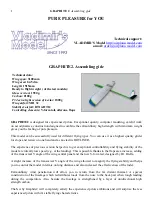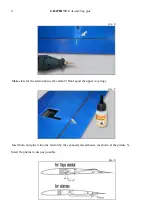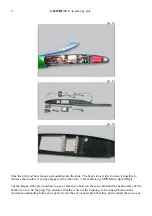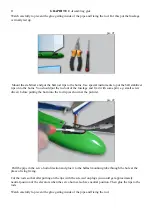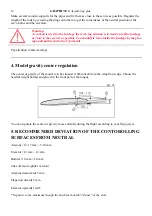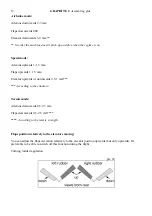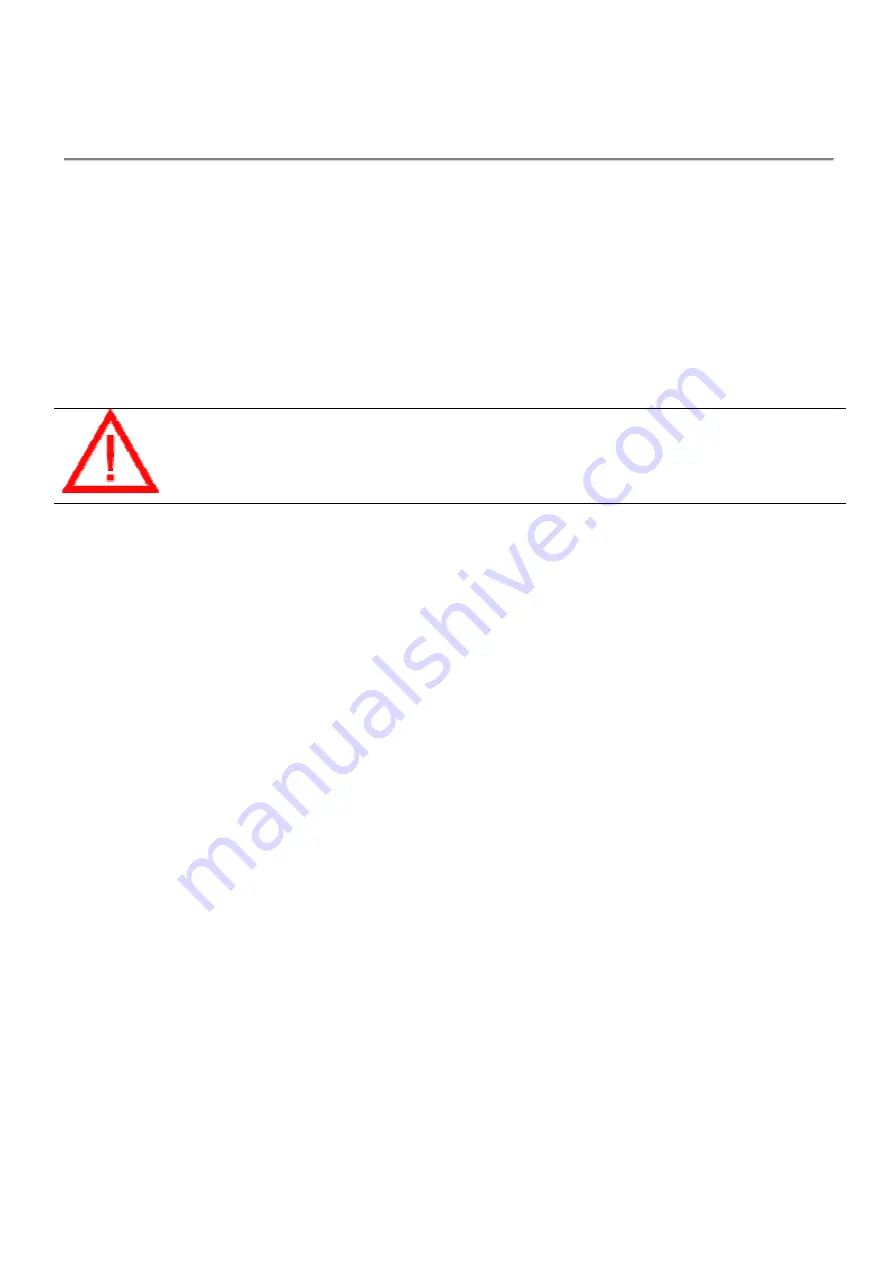
14
GRAPHITE 2
.
Assembling gide
Regulate the deviation of the turning rudder during the flight in order the machine doesn't pitch up or dive
when you turn only the turning rudder.
6. Ballast mounting
You can make a ballast from a metal bar (diameter less than 20.5mm). You can use aluminum (up to
370g), steel (up to 700g), lead (up to 100g) or a heavier metal (up to 1200g).
The ballast center is to coincide with the center of gravity (if of course you don't want to change the center
of gravity position when the model is heavier). Fix the ballast by the M3 screw.
WARNING!
As carbon is used for the fuselage the receiving antenna is to stand out of the fuselage
as close to the receiver as possible. You should fix it to outside the fuselage by the glue
tape and pull its end to the V-form tail.
Pay attention to this warning!
Please be careful and attentive with your GRAPHITE2 model.
Don't forget: it's always easier to check everything before the flight than after the crash!
We wish you many happy flying hours with your Vladimir's model.

